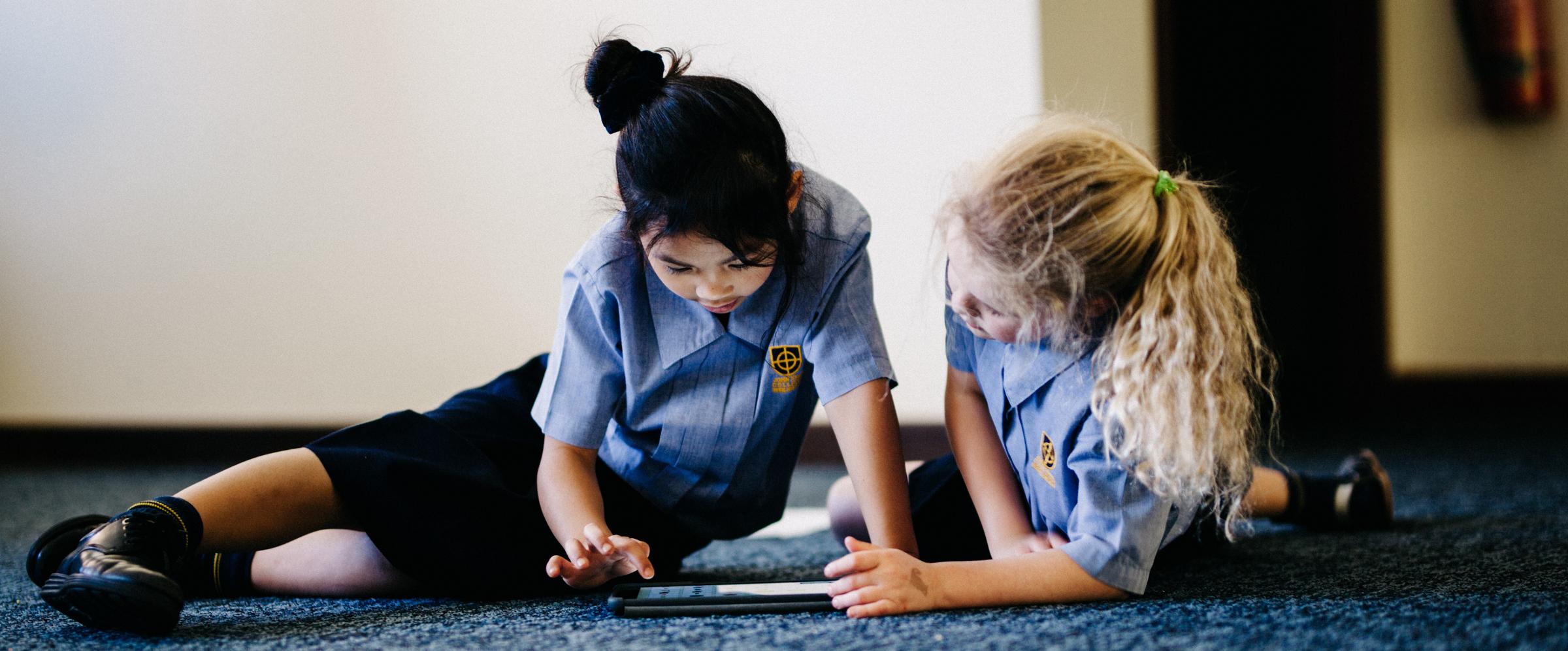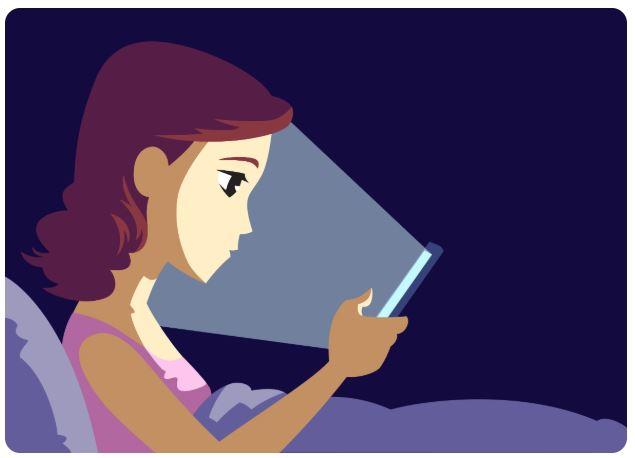Family Zone & Cyber Safety

Download Family Zone
Make use of the Family Zone Accounts which we are offering to John XXIII College families for free, as part of our College contract negotiations until 2020.
By setting up a private Family Zone account, you can apply age-appropriate parental controls on every device your child has access to, in any location. To find out more visit https://www.familyzone.com/johnxxiii-wa
Screen-time and sleep: It's an eye-opener
You’ve fetched the fuzzy slippers. You’ve laid out the flannel jammies. You’ve warmed up the Milo. But if you really want to set your child up for a good night’s sleep, there’s one more bedtime accessory you might need to consider.
A pair of blue-light-blocking sunnies.
Not the most cuddly sleep aids - but a new study confirms they might be a key to more and better quality sleep for our kids in our increasingly screen-centred world.
An equally effective alternative may be even less appealing to your kids: to impose a digital sunset two full hours before bedtime.
What's keeping us up at night?
On average, Australians get 6.5 hours of sleep a night - and 12% of us average 5.5 hours or less. Research shows up to 45% of us have poor sleep patterns.
And that’s not just making us tired - it’s making us sick. Sleep issues are strongly related to mental illness is all age groups. But young people are affected the most. In fact, in people aged 12 to 24, sleep disturbance ranks as the fourth most common mental health issue.
In the long run, it can lead to preventable diseases, such as obesity, diabetes, and heart disease.
The upshot? According to sleep researcher Dr. Sally Staton, "We're probably at the point of being so sleep-deprived we don't even realise how sleep-deprived we actually are.”
For young and old alike, problems sleeping have been directly linked to the use of devices in the bedroom and before bedtime. Forty-four percent of us admit to using our phones, tablets or computers before (or in) bed. Among teens and 20-somethings, that figure is probably closer to 100%.
The blue light blues
The mechanisms here are complex. One factor is simply the extra mental stimulation of interacting online, whether playing a game, scrolling through social media or messaging friends. But another comes straight from the technology itself: the blue light our screens emit, which interferes with the production of the brain’s sleep hormone, melatonin.
Studies also show that blue light is associated with decreased delta, or slow-wave brain activity. That enhances alertness, both subjectively and objectively.
Amber or orange-tinted spectacles block blue-light, and have been shown in many trials to increase melatonin production and decrease restless sleep.
The most recent study, conducted by Dutch researchers, examined sleep patterns among teens with various screen-time habits. They divided participants into three groups: the first group wore the amber glasses, the second abstained from screens for two hours before bedtime and the third had no restrictions.
Based on data from diaries, sleep-tracking technology and melatonin sampling, the scientists found both interventions had a significant - and roughly equal - impact on sleep patterns.
Formerly, most experts recommended switching off screens an hour before bedtime. These new findings challenge that received wisdom.
How much sleep is enough?
According to the latest guidelines from the National Sleep Foundation
- Newborns (0-3 months): 14-17 hours each day
- Infants (4-11 months): 12-15 hours
- Toddlers (1-2 years): 11-14 hours
- Preschoolers (3-5): 10-13 hours
- School age children (6-13): 9-11 hours
- Teenagers (14-17): 8-10 hours
- Younger adults (18-25): 7-9 hours
- Adults (26-64): 7-9 hours
- Older adults (65+): 7-8 hours


